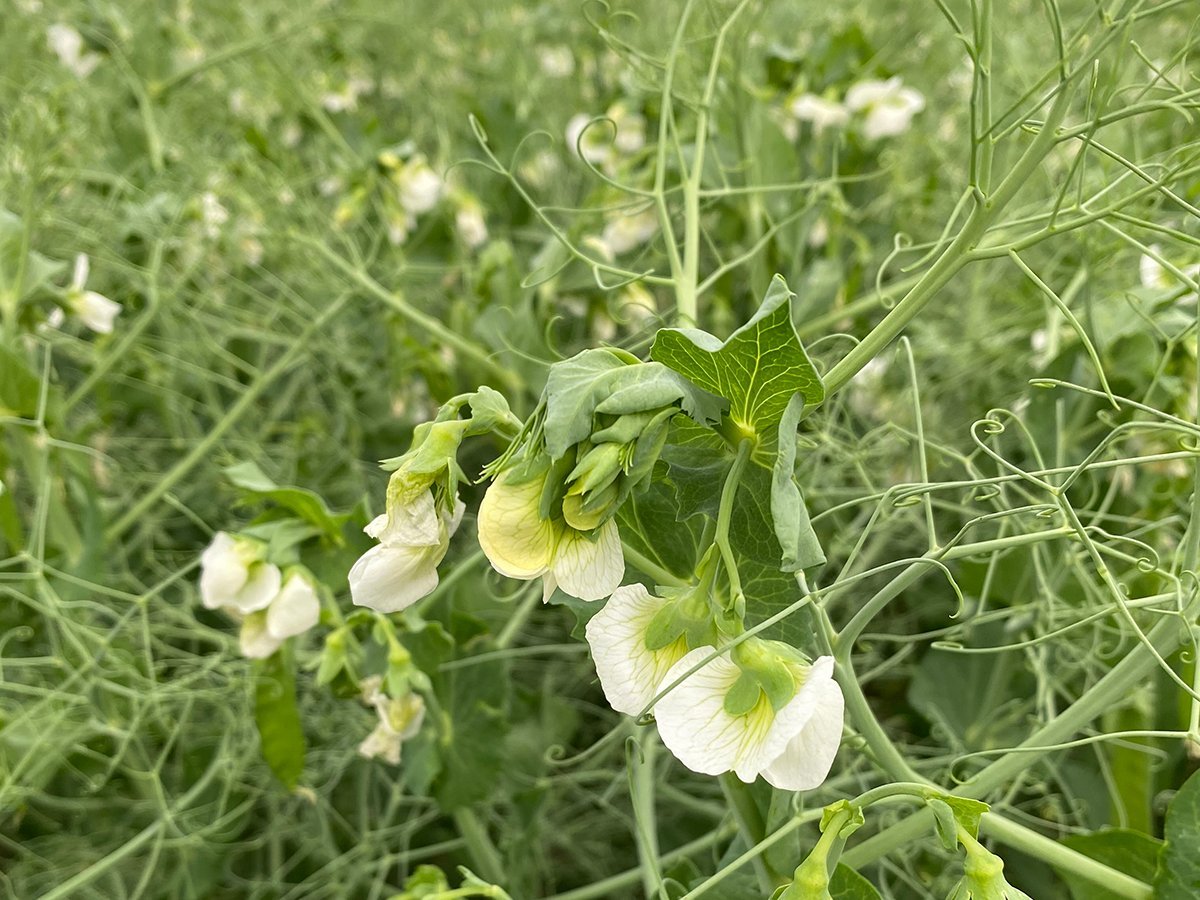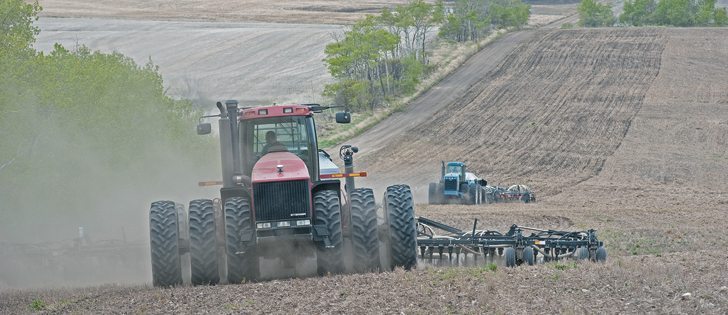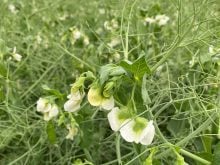Durum acreage will be one of the first numbers Bruce Burnett looks at when Statistics Canada releases its planting intentions report April 23.
He is forecasting a 15 to 20 percent increase in acres, which is more than Agriculture Canada’s 11 percent projection.
However, the CWB’s weather and crop specialist has a sneaking suspicion growers might fool everybody.
“Right now I think farmers, in talking with them, are a little disappointed over what new crop durum bids are,” said Burnett.
Bids are in the $6 to $6.50 per bushel range, which is less than half of where prices were in fall and a small 50 cents to $1 per bu. premium over spring wheat bids.
Read Also

Crop quality looks good this year across Prairies
Crop quality looks real good this year, with the exception of durum.
He doesn’t know if that is enough to entice growers to plant durum because there have been some pretty decent prices for pulses, special crops and malting barley.
There were also a lot of disease problems with last year’s durum crop, so quality seed is in short supply, which could be another limiting factor.
Burnett said durum stocks are squeezed around the globe.
“High quality stocks are even tighter, so I think basically this year is just going to be about trying to replenish those supplies,” he said.
The supply situation will be “quite interesting” if Canadian farmers do not plant as much durum as analysts are anticipating and yields return to normal after a couple of years of above average production, he added.
“We have to produce a fairly sizeable durum crop and especially we need to produce more quality durum this year to meet market demand.”
Durum seeding in the United States is expected to be up 25 percent from a particularly low level last year.
Durum crops are in good shape in North Africa, the Middle East and the European Union.
There was some dryness in Morocco and southern Spain in the middle of January, but both countries have received rain in the last couple of weeks, which improved the situation.
Eastern parts of North Africa have also received good rain.
“It’s pretty good timing on that because you’re just right at the filling stage,” said Burnett.
He is expecting an average to above average crop in North Africa, the Middle East and the EU.
“All of those areas seem to be in reasonably good condition and we’re probably going to see demand from that region drop off a bit.”
The International Grains Council forecasts 36.4 million tonnes of global durum production, which is an 11 percent increase over last year’s output, largely because it expects better planting conditions in North America.
However, the council does not forecast much improvement in ending stocks, which are expected to be at a 20-year low of 4.4 million tonnes at the end of 2014-15. That’s because customers will be restocking depleted inventories.
“Global stocks at the end of 2015-16 are tentatively seen climbing by two percent to 4.5 million tonnes, still one-third less than the average in the previous five years,” the council said in its March 26 Grain Market Report.
Burnett said harvest of overseas durum crops will begin in three to six weeks, depending on the region. He will be watching weather conditions closely because untimely rain could damage quality.
Prospects for early seeding in North America should boost the potential for a good quality durum crop in that important production region. Burnett expects growers to be seeding one to two weeks earlier than normal and about three weeks earlier than last year.
Fields in southern Saskatchewan and southern Alberta appear to be in good shape heading into spring. As a result, farmers should be able to get a nice head start on seeding once it warms up.
Contact sean.pratt@producer.com
















